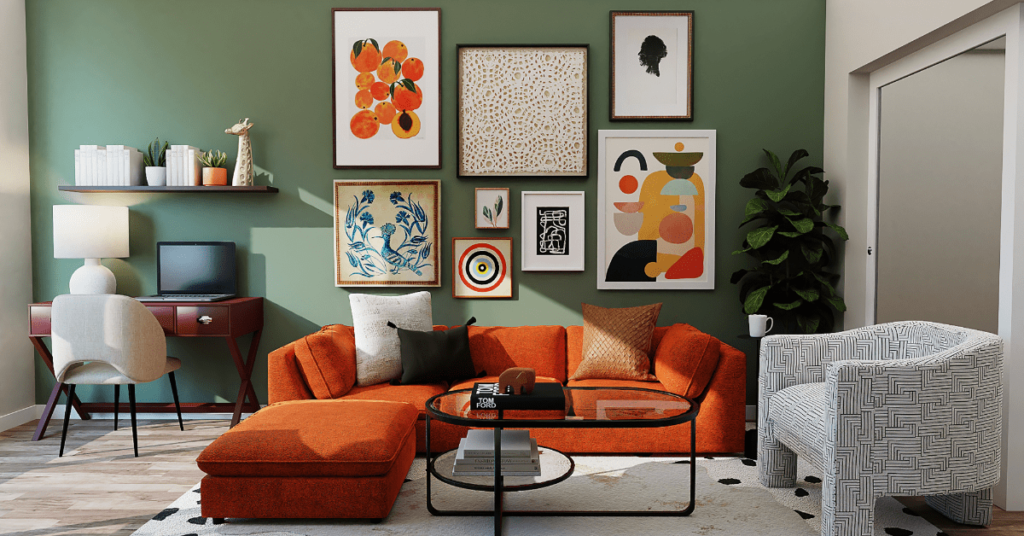Not so long ago, sustainability in design was a trend. Today, it has become more of a necessity as we’re facing an environmental emergency. The Industrial Revolution was considered a great achievement in terms of technological and infrastructural advancement. However, it also resulted in the steady degradation of the planet’s ecological balance.
The oil crisis in 1970 was just the beginning of the many repercussions that the world would face. Years of neglecting the environment were the result of the crisis. This led to the creation of several tools of assessment for built environments. Such tools were believed to be useful for promoting sustainable designs.
Today, a designer carries greater responsibility. While designing a building or interiors of a home, sustainability must be taken into consideration. Such efforts would ensure that the design minimizes any form of negative impact on the environment.
An interior designer’s role in green design
A green interior design or sustainable interior design improves your quality of life. This is done by utilizing the indoor spaces of your home to support energy efficiency and waste reduction. As a result, the negative impacts on the environment are minimized without disturbing your home’s aesthetic appeal.
Indoor environmental quality is among the major categories for assessment in the LEED green building rating system. This category focuses on the use of eco-friendly materials, minimizing indoor pollutants, and improving the quality of air. Besides all of this, it also emphasizes lighting and thermal comfort.
Interior designers of today must influence and educate their clients about the benefits of sustainable living. They are the ones who can promote such practices for a healthier future.
Choice of materials
When choosing materials for a project, there are certain aspects to be considered by an interior designer. Among them are the process of production, functionality, and waste reduction. Materials are usually classified as green based on their chemical content, biodegradability, renewability, and longevity.
The promotion of materials that can increase energy efficiency and are easily available must be given high priority. Such materials also have the potential of reducing project costs. Among these materials are wood, stone, and bamboo.
Considering the environmental impacts while planning
The decisions that are taken by the interior designer directly or indirectly influences the environment. This includes the indoor environment as well as the environment outdoors. Most of the individuals spend their time indoors, whether they’re at home or in the office. It is, therefore, essential to make sure that a healthy environment is maintained indoors.
This is as crucial as maintaining an ecological balance outdoors. Ventilation, temperature, acoustics, and air quality are among the factors that must be considered while creating an indoor environment.
Enhancing energy efficiency
The materials used in a built environment can either increase or reduce the emission of greenhouse gases. The amount of energy consumed by the building is not restricted to the construction stage alone. Many different activities are carried out in the building after its construction. Such activities make significant use of electricity, resulting in some harmful emissions.
An interior designer can reduce the energy consumption in such units. This can be done with the help of energy-efficient lighting and heating. Certain fabrics can be used to retain the heat. The use of light colours and reflective surfaces control the amount of light in an indoor space. In this way, the appliances that consume a lot of energy can be avoided.

